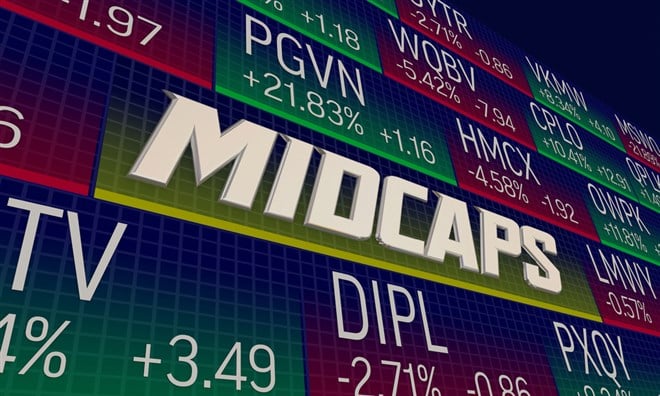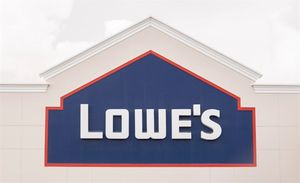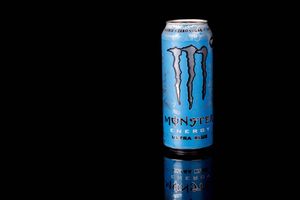
U.S. mid-cap stocks are on pace to outperform their large-cap peers for the second straight year. The S&P 400 is down 13% year-to-date, a roughly 400 basis points edge over the S&P 500.
Mid-cap land has long been regarded as the ‘sweet spot’ for equity investors. Companies are fairly well-established in their respective markets but often have more room for growth than mature large caps. With mega caps out of favor in 2022, investors are discovering winners a bit further down the capitalization spectrum.
Another explanation for the return disparity is relative sector weightings. Technology dominates the S&P 500 with a 26% weight, double that of the S&P 400. The Industrial sector makes up the biggest portion of the mid-cap index at 19% but is just 8% of the large cap index. Tech is this year’s worst-performing group. Industrials have held up well and trail only the vastly outperforming Energy sector.
At the individual stock level, only one S&P 500 component has doubled year-to-date, that being Warren Buffet pick Occidental Petroleum. Ditto for the S&P 400 where oil & gas refiner PBF Energy quadrupled before a sharp pullback.
Whether or not mid-caps outperform again in 2023 is anyone’s guess. What’s more certain is the classic risk-reward tradeoff — smaller-sized companies generally have greater return potential. Devoting more resources to mid-caps comes with increased risk but could help a portfolio recover faster.
Here are three mid-caps Wall Street sees as two-baggers over the next 12 months.
What is the Outlook for Intellia Therapeutics?
Intellia Therapeutics, Inc. (NASDAQ: NTLA) develops therapies based on the widely followed CRISPR-Cas9 genome editing technology. It has several in vivo and ex vivo programs for the treatment of lung disease, liver disease, cancer, and other indications. Intellia’s most promising candidate is NTLA-2001, which is being co-developed with Regeneron Pharmaceuticals as a therapeutic for ATTR amyloidosis.
Absent any commercialized products, Intellia’s revenue is limited and its losses are steep — but Wall Street sees an inflection point ahead. The pipeline is progressing well and an investigational new drug (IND) application is expected to be filed next year to launch clinical studies on a lung disease candidate. The potential for marketed products is at least a few years away but clinical success could be a major catalyst.
Analysts remain wildly bullish on Intellia as it slips to a new 52-week low. A $100 average price target equates to over 150% upside.
Will Traders Lift Lyft in 2023?
Lyft, Inc. (NASDAQ: LYFT) continues to find support from the Street, and it makes sense. The ridesharing company has generated 30% higher revenue year-to-date and recovered from steep pandemic losses to book six straight profitable quarters. And yet the stock is down more than 70% this year.
Despite the financial recovery, Lyft faces plenty of challenges. Ridership remains below pre-Covid levels and an impending economic downturn points to fewer nights out on the town and demand for a lift. The company laid off another 700 employees last month as it braces for a challenging 2023.
Still, the long-term outlook is positive and that’s why sell-side analysts see Lyft trading near an all-time low as an opportunity. Price targets are all over the map but the average of $22 would be a 100% return from here.
The prevailing thesis is that current challenges will subside and lend way to an early-stage secular trend towards on-demand, cash-free transportation via car, scooter, or bike. Volatile gas prices and expensive repairs along with a craving for convenience are expected to shift consumers away from car ownership to transportation-as-a-service (TaaS). In turn, a lot of money could shift from car dealers to ride-hailing apps. It is a long road ahead for Lyft, but growth investors may want to come along for the ride.
Does Samsara Stock Have Good Upside?
Samsara Inc. (NYSE: IOT) is an Internet-of-Things (IoT) company that picked the wrong time to go public. It is the creator of the Connected Operations Cloud which helps businesses gain actionable insights and improve operations based on IoT data. The Street is mostly bullish on the $13 stock in thinking it can return to its December 2021 IPO levels in the mid-$20.
Samsara is focused on video-based safety solutions for the transportation industry that detect things like driver cell phone usage and lack of seatbelt usage. Together with telematics and AI-powered video search, its subscription-based products generate strong recurring revenue.
On account of its 2,828% three-year revenue growth, Deloitte recently named Samsara one of the fastest-growing technology companies in North America. It is coming off a beat and raise quarter that showed end market demand is sturdy despite the macro weakness.
Not all enterprise SaaS companies are holding up this well, nor are they moving closer to profitability as Samsara is. Management is projecting 49% top-line growth this year and a narrower net loss. If this under-the-radar IoT play can deliver these kinds of results in a weakened economy, the future is surely bright.





